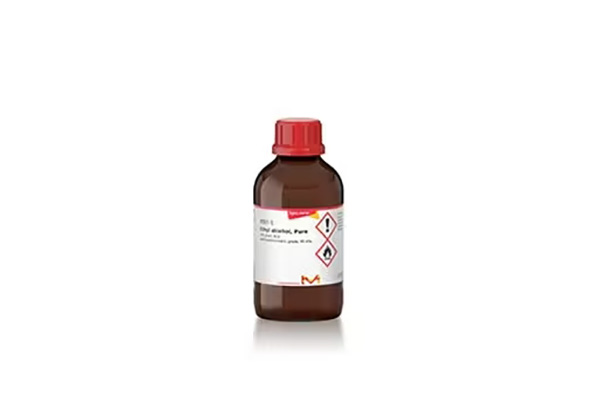What Is the Best Solvent for Alcohol?
Solvents play a crucial role in chemistry, pharmaceuticals, cleaning, and industrial processes. When it comes to alcohol—particularly ethanol, isopropanol, or methanol—the choice of a compatible solvent depends on the purpose of the mixture. Whether you’re trying to dilute, dissolve, extract, or clean with alcohol, selecting the right solvent ensures efficiency and safety. So, what is the best solvent for alcohol? The answer depends on the context, but several solvents are commonly used due to their chemical compatibility.

Understanding Alcohols as Solvents
Before diving into what dissolves alcohol, it’s important to recognize that alcohols themselves are excellent solvents. Ethanol and isopropanol are widely used to dissolve oils, resins, and other organic materials. However, there are times when alcohol must be mixed with another substance—either to alter its properties, reduce its strength, or combine it with compounds it wouldn’t normally dissolve.
In chemistry, like dissolves like—meaning polar solvents dissolve polar substances, and non-polar solvents dissolve non-polar substances. Alcohols are polar molecules, but they also have a non-polar region, which gives them versatile solubility.
Common Solvents That Mix with Alcohol
-
Water
-
Best Overall Solvent for Alcohol
-
Alcohol and water mix in all proportions, forming a homogeneous solution.
-
This mixture is the basis of beverages, antiseptics, and various chemical preparations.
-
Water can reduce the flammability of alcohol and lower its evaporation rate.
-
-
Acetone
-
A polar aprotic solvent that mixes well with alcohols.
-
Useful in laboratory settings, particularly in extractions or when cleaning.
-
Caution: Flammable and should be used in well-ventilated areas.
-
-
Ether (Diethyl Ether)
-
Compatible with alcohols but used less frequently due to volatility and flammability.
-
Common in chemical synthesis and organic reactions.
-
-
Chloroform
-
Used in research or lab environments.
-
Mixes with ethanol and methanol.
-
Toxic and regulated—should only be handled by professionals.
-
-
Glycerol (Glycerin)
-
A viscous, water-soluble compound that blends with alcohol.
-
Common in pharmaceuticals and cosmetics.
-
Reduces alcohol volatility and adds viscosity.
-
-
Other Alcohols
-
Methanol, ethanol, and isopropanol mix freely with one another.
-
Useful in industrial formulations where combining alcohols changes performance characteristics (e.g., drying rate, solvency).
-
Choosing the Right Solvent Based on Purpose
The “best” solvent for alcohol depends heavily on what you’re trying to achieve:
-
For Dilution: Water is the safest and most effective option.
-
For Extraction: A mix of ethanol and a non-polar solvent (like hexane or ether) can target a range of compounds.
-
For Cleaning: Acetone and water are often combined with isopropyl alcohol for surface or electronic cleaning.
-
For Cosmetic Formulations: Water, glycerin, or propylene glycol are typically used with ethanol.
-
For Pharmaceuticals: Ethanol is often combined with water, polyethylene glycol, or glycerin, depending on the application.
Important Considerations
-
Solubility: Make sure the solvent and alcohol are miscible (able to mix without separating).
-
Safety: Many solvents are flammable or toxic. Always use in a well-ventilated space and wear appropriate protective gear.
-
Volatility: Some solvents evaporate quickly, which can affect how they behave in mixtures.
-
Regulations: Certain solvents like chloroform or benzene are controlled due to health risks and environmental impact.
Conclusion
There is no single “best” solvent for alcohol, but water stands out as the most widely used and safest option for general applications. For industrial and lab use, acetone, ether, and glycerin also serve important roles, depending on the required chemical behavior. Understanding the purpose of your formulation and the properties of both the alcohol and the solvent is key to selecting the right combination.
Always consult safety data sheets and, when in doubt, work under professional guidance—especially when dealing with volatile or hazardous chemicals.





